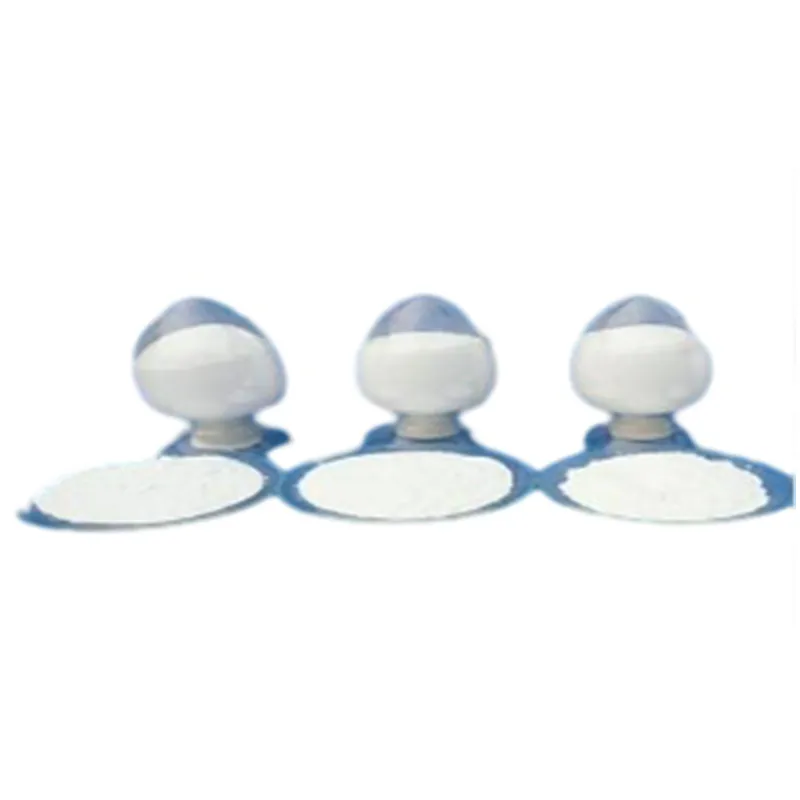
Exploring the Applications and Benefits of Emulsifiers 471 and 472 in Food Industry
Understanding Emulsifiers E471 and E472 Functions and Applications in Food Industry
Emulsifiers are pivotal ingredients in the food industry, serving as agents that facilitate the mixing of water-based and oil-based components. Among the various emulsifiers used, E471 and E472 are particularly significant due to their functionality and versatility. In this article, we will delve into the intricacies of these emulsifiers, exploring their sources, properties, and applications.
What are E471 and E472?
E471, also known as mono- and diglycerides of fatty acids, are derived from the reaction of glycerol with fatty acids. They are produced from various sources, including both vegetable and animal fats, making them highly versatile and suitable for a broad range of food applications. E472, on the other hand, consists of a group of emulsifiers that include esters of glycerol with fatty acids and organic acids. Like E471, E472 can also be obtained from both plant and animal fats, providing food manufacturers with flexibility depending on dietary considerations.
Functional Properties of E471 and E472
Both E471 and E472 possess unique properties that contribute to their effectiveness as emulsifiers. They help stabilize emulsions, reduce surface tension between oil and water phases, and promote uniformity in food products. This stabilization is crucial in preventing the separation of ingredients, ensuring a consistent texture and appearance in products such as sauces, dressings, and baked goods.
E471 is particularly valued for its ability to enhance the creaminess and mouthfeel of foods, making it a common ingredient in products like margarine, ice cream, and whipped toppings. E472, with its derived esters, is often utilized to improve the stability and texture of confectioneries, dairy products, and spreads. Their emulsifying properties are not only beneficial in maintaining product quality but also in extending shelf life by minimizing autoxidation and rancidity.
Applications in the Food Industry
emulsifier 471 472

The applications of E471 and E472 are widely acknowledged in the food industry. They are commonly found in
1. Bakery Products Emulsifiers contribute to improved dough handling, tuneful volume, and extended freshness. They help retain moisture and improve the crumb structure in breads and cakes.
2. Dairy Products In products like yogurt and ice cream, emulsifiers help in achieving a smooth and creamy texture, while also preventing ice crystal formation.
3. Sauces and Dressings E471 and E472 enhance the stability and creaminess of emulsified sauces, preventing phase separation and improving coating properties.
4. Confectionery Chocolates and candies benefit from the use of these emulsifiers to ensure a uniform texture and prevent sugar blooming, thereby enhancing their visual appeal and mouthfeel.
Conclusion
Emulsifiers, particularly E471 and E472, play a crucial role in the food industry by enhancing the quality, stability, and texture of a wide range of products. As consumer preferences shift towards cleaner labels and healthier options, the sourcing and application of these emulsifiers will continue to evolve. Understanding these emulsifiers’ properties not only helps manufacturers create better products but also empowers consumers by increasing their awareness of the ingredients in their food. As innovations in food technology progress, the role of emulsifiers like E471 and E472 will remain integral in meeting the demands of health-conscious consumers while ensuring the enjoyment of delightful culinary experiences.
-
The Safety Challenges of Ammonium Nitrate FertilizerNewsJun.26,2025
-
The Critical Role of Mining ChemicalsNewsJun.26,2025
-
Shelf Life of Glacial Acetic Acid Food GradeNewsJun.26,2025
-
Enhancing PVC Longevity with 1,2,3-Benzotriazole InnovationsNewsJun.26,2025
-
China’s Dominance in Food Additive ProductionNewsJun.26,2025
-
Can Aluminum Hydroxide Replace More Toxic Alternatives?NewsJun.26,2025
-
PE and PP Plastics with Benzotriazole AdditivesNewsJun.12,2025
Hebei Tenger Chemical Technology Co., Ltd. focuses on the chemical industry and is committed to the export service of chemical raw materials.
-

view more DiethanolisopropanolamineIn the ever-growing field of chemical solutions, diethanolisopropanolamine (DEIPA) stands out as a versatile and important compound. Due to its unique chemical structure and properties, DEIPA is of interest to various industries including construction, personal care, and agriculture. -

view more TriisopropanolamineTriisopropanolamine (TIPA) alkanol amine substance, is a kind of alcohol amine compound with amino and alcohol hydroxyl, and because of its molecules contains both amino and hydroxyl. -

view more Tetramethyl Thiuram DisulfideTetramethyl thiuram disulfide, also known as TMTD, is a white to light-yellow powder with a distinct sulfur-like odor. It is soluble in organic solvents such as benzene, acetone, and ethyl acetate, making it highly versatile for use in different formulations. TMTD is known for its excellent vulcanization acceleration properties, which makes it a key ingredient in the production of rubber products. Additionally, it acts as an effective fungicide and bactericide, making it valuable in agricultural applications. Its high purity and stability ensure consistent performance, making it a preferred choice for manufacturers across various industries.











